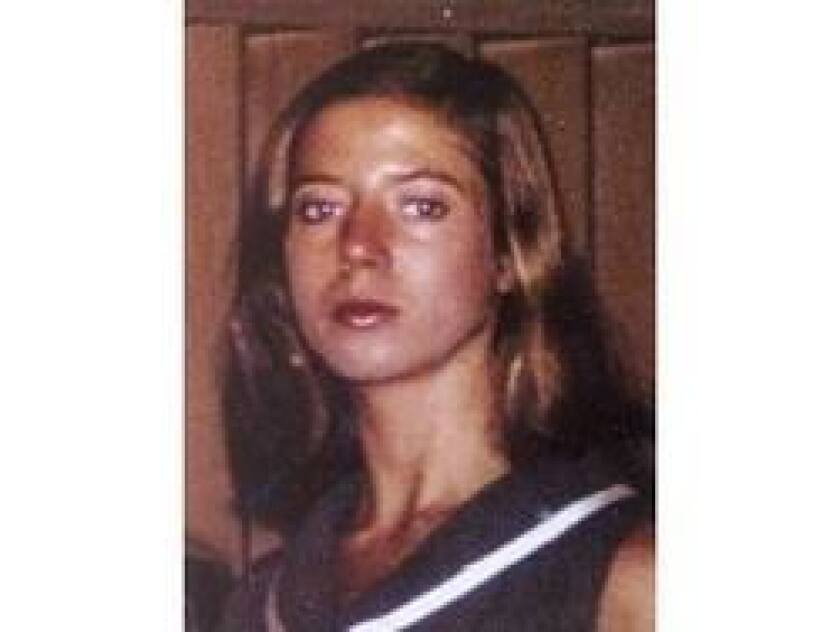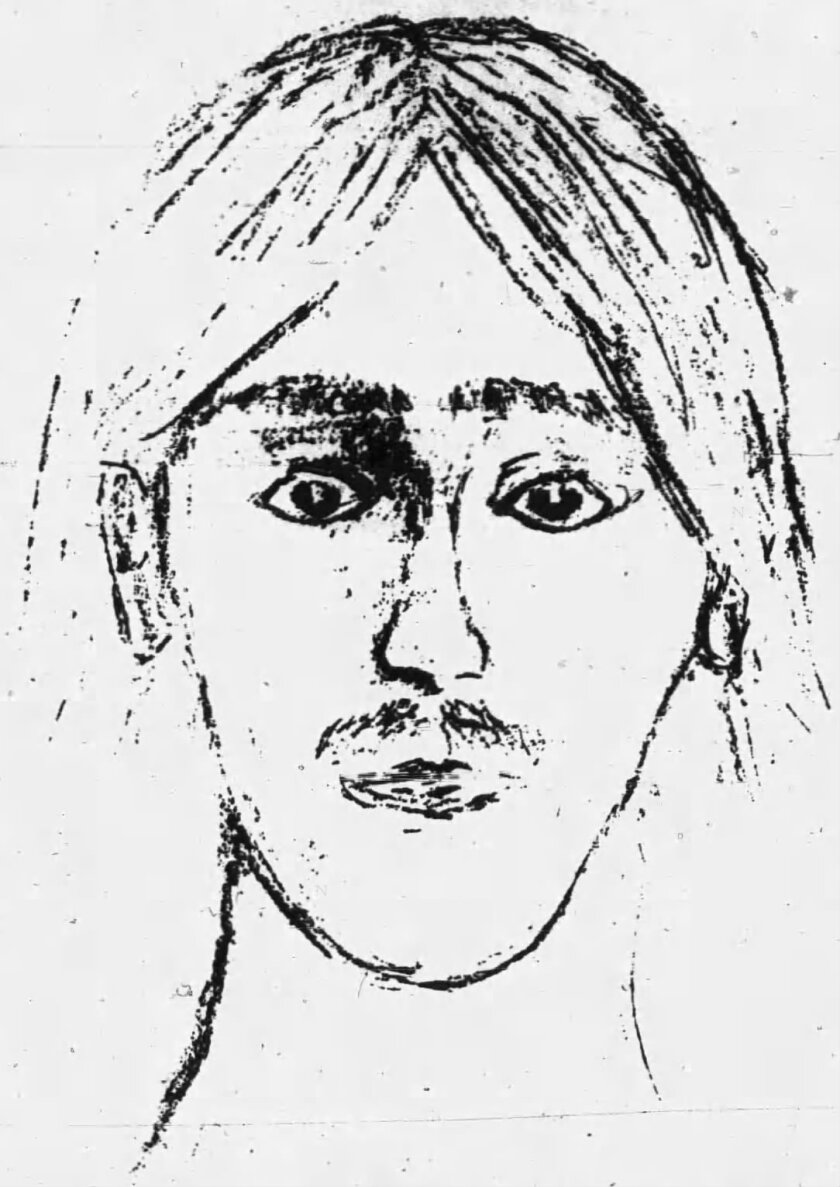DUNN COUNTY, Wisc — Jon Keith Miller, 84, pleaded no contest Thursday, March 27 to the 1974 murder of 25-year-old Mary Schlais .
He was sentenced to life in prison.
ADVERTISEMENT
Miller was arrested on Nov. 7, 2024, at an Owatonna, Minn., living facility — more than 50 years after Mary Schlais' death — on a charge of first-degree murder.

After initially denying any involvement, Miller confessed to Dunn County Sheriff’s Office investigators that he picked up Mary Schlais in uptown Minneapolis, where she was hitchhiking. Miller said he stabbed Mary Schlais more than a dozen times after she refused to engage in sexual acts.
After killing Mary Schlais, he drove to Dunn County, where he dumped her body in a ditch and covered her with snow.
Miller’s sentencing closes the doors on an investigation led by the Dunn County Sheriff’s Office, in partnership with the genetic genealogy program at New Jersey’s Ramapo College.
A winter stocking hat left near Mary Schlais’ body provided investigators with the DNA of the suspected killer. Forensic genetic genealogy led investigators to Miller, who confirmed it was his.
Mary Schlais' remaining family members were in court Thursday. Miller declined the opportunity to address the family.
The family issued a statement following the hearing, thanking the Dunn County Sheriff's Office and the team at Ramapo College for their work on the case over the course of five decades.
ADVERTISEMENT
"Our family wants to be here not for what we just witnessed in the courtroom, and we have nothing to say to him, but we want to be here to express our gratitude," Nina Schlais told the room.
Miller's sentencing ushered in a new era for Mary Schlais' family members, who for decades have been dogged in their support for her investigation.
"Whenever we thought about Mary over the years, we always think of what happened to her," she said. "And I feel like now we can think about who she was as a person."
Mary Schlais was described in court as a gifted artist and a world traveler who was fluent in several languages.
A decades-long hunt
The hunt for Miller began when an eyewitness saw him as he was removing Mary Schlais from his vehicle in the winter of 1974.
The witness provided investigators with a detailed description of Miller, which was used to create a sketch of the suspect.

The witness told investigators the suspect was driving a newer model, gold-colored vehicle. Miller told investigators he thought he got away with it because the car he was driving was blue.
ADVERTISEMENT
Miller evaded law enforcement for more than 50 years before DNA led law enforcement to his door.
In the decades before his arrest, Miller lived quietly in an Austin, Minn., apartment, located across the street from the police department.

Other than a 1994 conviction for driving under the influence, Miller flew under the radar.
His life prior to Mary Schlais’ murder tells a different story.
In the 1960s, Miller spent time at the St. Cloud State Reformatory for forgery-related convictions. After his release, he traveled to Arizona, where he was arrested in 1965 for attempted robbery. In 1969, he was arrested and convicted in California on charges related to armed robbery after threatening a convenience store worker with a loaded gun.
Court documents related to his 1969 conviction indicate Miller was released from California’s San Quentin prison on May 5, 1972.
Minneapolis City records from 1972 show a Jon Miller living in Minneapolis in 1972, although Forum News Service was not able to verify that this is Jon Keith Miller.
ADVERTISEMENT
A marriage application filed in 1973 by Miller included a Hennepin County address in the Minneapolis suburb of New Hope.
Another unsolved case
Following his November arrest, Miller was questioned by a Minneapolis Police Department investigator on a separate case: The 1972 slaying of 16-year-old Joli Truelson .
Truelson was last seen hitchhiking near the formerly named Lake Calhoun in Minneapolis. Her friend told investigators she entered a gold-colored vehicle on July 3, 1972 with a man described as in his thirties with mid-length brown hair. Fifteen hours later, she was found near Minnehaha Creek. She had sustained five blows to the back of her head, causing her death.
Truelson died almost immediately, according to the Bureau of Criminal Apprehension forensic report related to the case. Her body was then likely dragged to the area where she was found.
Miller has not been arrested on any charge related to her death.
The Vault's podcast series, " Joli Truelson: Connecting the Dots " includes a thorough investigation into Miller's criminal — and personal — history.









